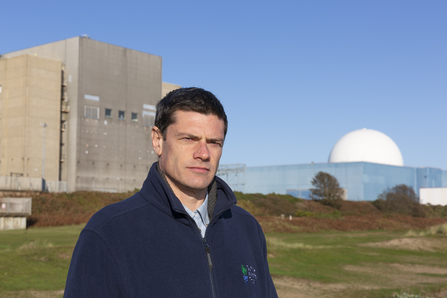Ben McFarland explains:
Our main area of focus includes the direct and indirect damage caused to the nationally important fen habitat within Sizewell Belts Site of Special Scientific Interest (SSSI). We believe well over 10 hectares of SSSI will be lost, directly covered by concrete. This is at least ten football pitches in size; a shocking amount. Not only that, but we also believe there is a high degree of risk that the rest of the SSSI will be adversely affected by changes in groundwater and surface water, both through changes in levels and water chemistry. We also remain to be convinced that this habitat can be fully compensated for and EDF will need to come up with a remarkable plan if we are not going to end up with net loss of biodiversity as a result. Changes in water levels and chemistry in such a complex hydrological system are incredibly hard to predict and so we will be expecting EDF’s monitoring plans to be very robust. We are working closely with Friends of the Earth as well as external experts who will make an informed and independent judgement, so we can bring together an informed response based on the evidence available.

